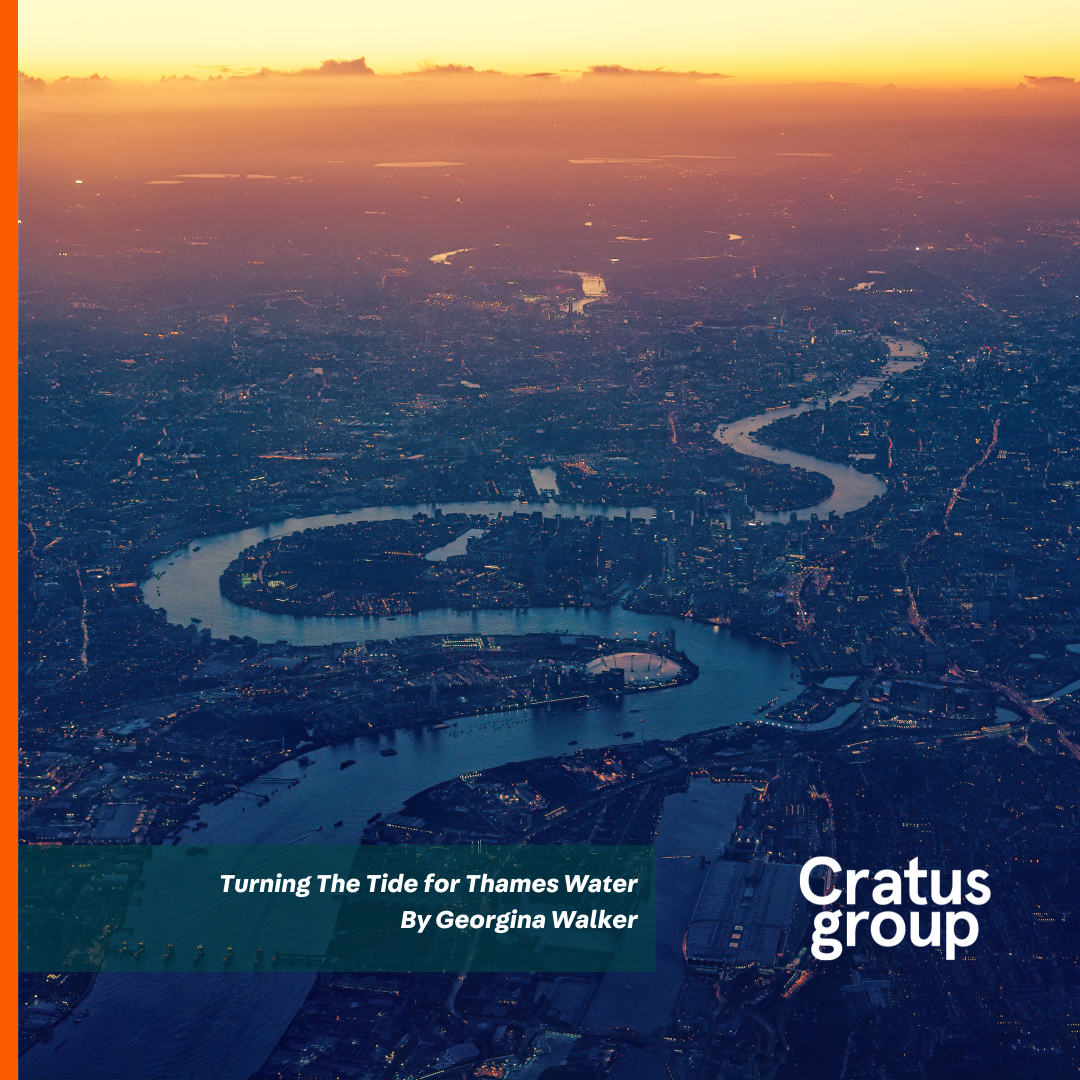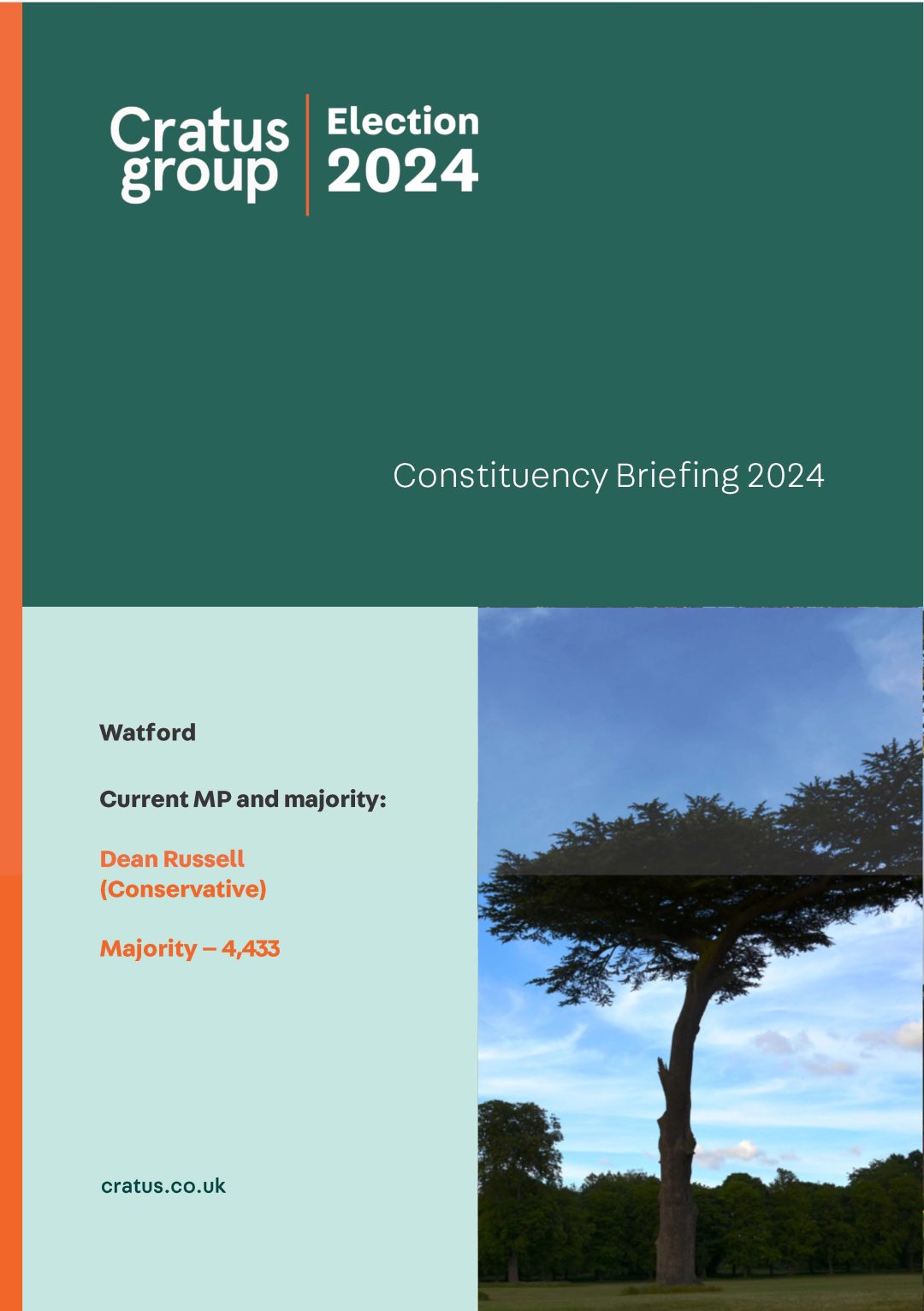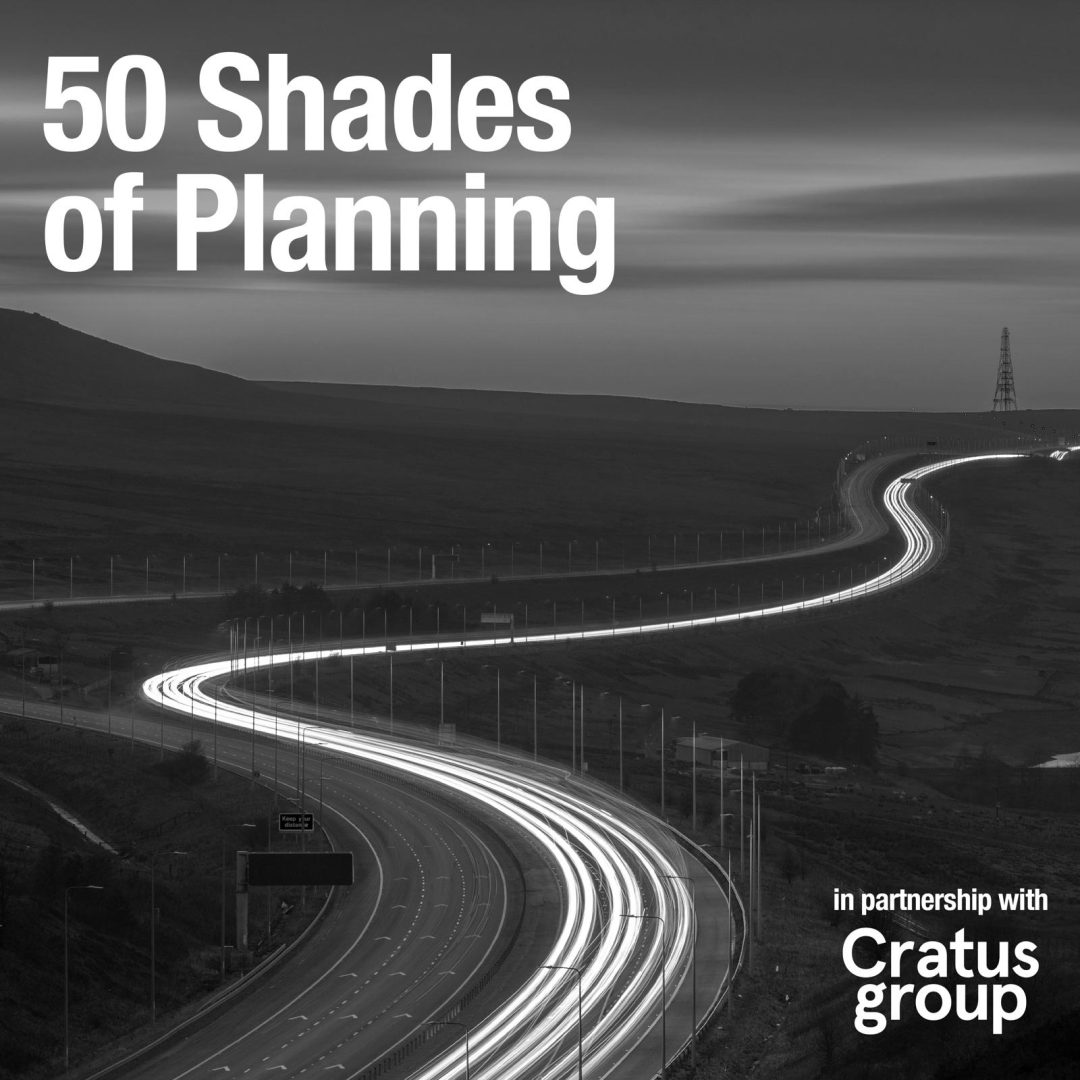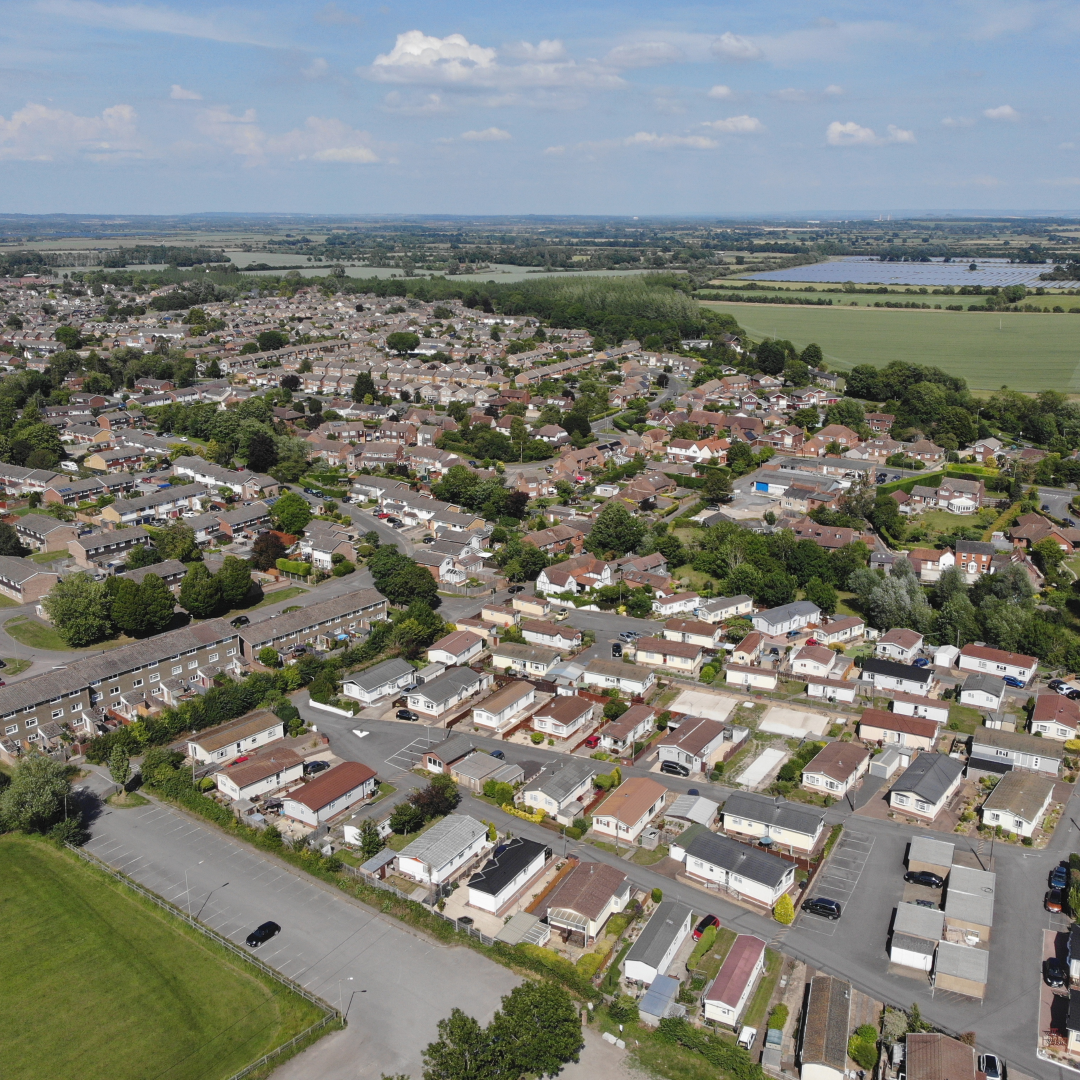Homes in the sky
The Underground is part of London’s global brand, but what isn’t obvious from the tube map is only 45% of Transport for London’s network runs in tunnels. The majority run on overground lines. These above-ground tracks, combined with train and overground lines, amount to 2,470 hectares of ‘land’ which is, as stated in WSP’s ‘Out of Thin Air’ white paper, suitable for development. This ‘land’ consists of track that is not interrupted by bridges or tunnels and has ten meters of land available on each side. According to WSP, developing just 10% of this ‘land’, with 10-12 storey buildings, could produce around 280,000 new homes. In the midst of a national housing crisis, one that is particularly acute in London, could this ‘land’ provide the homes the capital needs?
This is not a new idea: WSP published similar data in 2017, and have this year published a ‘One Year On’ paper. The latter details areas that are most suited to this kind of development. These include the London boroughs of Brent, Ealing and Croydon. More central London boroughs, such as Wandsworth and Newham, are, according to the report, ideal areas for over-line housing developments due to their large share of overground train lines.
With Local Plans emerging could this ‘land’ find its way into site allocations? And will developers take on the challenge of delivering homes above rail lines?
For Councils struggling to find room to meet housing demand, building above existing railway lines could produce much-needed homes. This type of development could also help protect green space and the demolition of existing buildings, not to mention the potential to improve connectivity in areas that are split by tube lines.
Some boroughs have already begun looking into their potential. For instance, Wimbledon and East Croydon stations both feature in masterplans that include the provision of residential and commercial space above stations and rail lines. In the case of Wimbledon, the masterplan details significant development over existing lines (dependent on Crossrail 2) which they hope will deliver homes and commercial space into the centre of the community. A natural upside is their proximity to public transport links, which in theory would significantly help to reduce the number of cars associated with the development.
Whilst other large cities around the world are proposing large development above stations and rail lines, such as Atlanta and Sydney, councils and developers must rise to the challenge. Cratus can help this happen.







